I hope we’ve all learned by now that when it comes to digital cameras, size matters. Specifically – the size of the individual pixels on your camera’s sensor. Basically, the larger the pixel, the better the image quality you’re going to get from your camera. Yesterday, HTC announced a new Android Smart Phone that embraces that fact. Instead of trying to sell us more “megapixels,” like most Smart Phone and camera manufacturers, HTC actually decreased resolution in favor of larger “UltraPixels” in their new “One” Smart Phone.
| “Richer images in low light. Reduced motion blur. Uncompressed photos. It turns out you don’t need all those megapixels when you have more refined light sensors and smarter technology. HTC is proud to offer customers advanced technology that allows for the most stunning pictures available on today’s smartphones.” |
HTC One Smart Phone Camera – Key Features & Specs:
- 4-megapixel 1/3-inch backlit CMOS sensor
- Resolution: 2688 x 1520 at 16:9 ratio
- 27.5mm f/2.0 (35mm equivalent) lens with optical image stabilization
- Video: 1080P at 30 FPS and 720P at up to 60 FPS
- Built-in HDR for stills and video
- Sensitivity: ISO 100-1600
- 8 FPS high-speed burst
The HTC One uses a 1/3-inch backlit CMOS sensor just like the iPhone 5 and Samsung Galaxy S3. But at 4 megapixels, the HTC One has half the resolution of the cameras in those phones. That means the pixels are much larger. In fact, at 2 microns, the HTC One camera’s pixels are the largest of any Smart Phone and the same size as pixels in better point-and-shoot cameras. Those big pixels allow the HTC One to collect 2x or more light compared to other Smart Phone cameras and that means better image quality – especially in low light.
The HTC One’s camera also has a large aperture f/2.0 lens, which captures almost twice the light of the Galaxy S3’s f/2.6 lens, and about 40% more than the iPhone 5’s f/2.4 lens. The lens also has real, optical image stabilization – meaning the phone detects motion and moves the lens to compensate for camera shake so you get sharper photos. And the difference is quite clear – at least in the samples provided by HTC (see below). Of course, we need to take these photos with a grain of salt since they came from the manufacturer. But if the HTC One performs like this for normal people, in the real world, it’s going to really change what people expect from a Smart Phone camera.

HTC One camera image quality (left), compared to iPhone 5 image quality (right)
So between bigger pixels and a larger aperture lens, it looks like the HTC One is the new camera phone to beat. Hopefully this makes other Smart Phone makers reconsider the more megapixels strategy and we see big pixels become the new standard. As far as the rest of the features and specs go – the HTC One has an aluminum unibody construction with a 4.7-inch 1080p 468ppi display – that’s better resolution than either the iPhone 5 or the Samsung Galaxy S3, so your photos and videos will look great when you view them on the phone. The HTC One runs on the Android Jelly Bean operating system and it’s powered by a 1.7GHz Qualcomm quad-core processor with 2GB of RAM and 64GB of built-in storage. The HTC One is built to run on 4G LTE networks so sharing your photos and videos online should be quick and easy. It’s supposed to be available next month (March, 2013) from the usual suspects with the usual contractual requirements – that probably means $199 with a 2 year contract here in the US.
HTC One Smart Phone Press Release >>


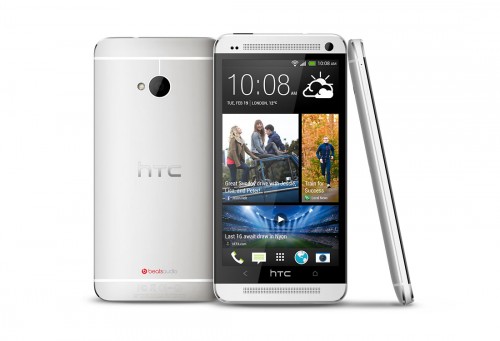
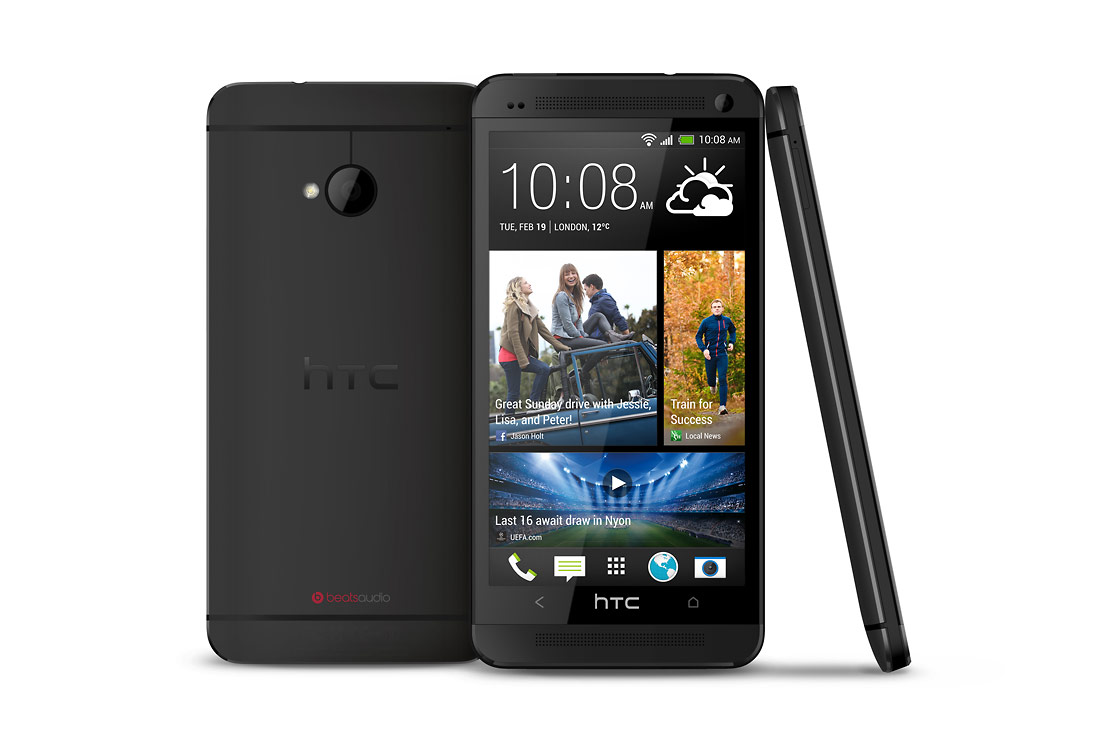


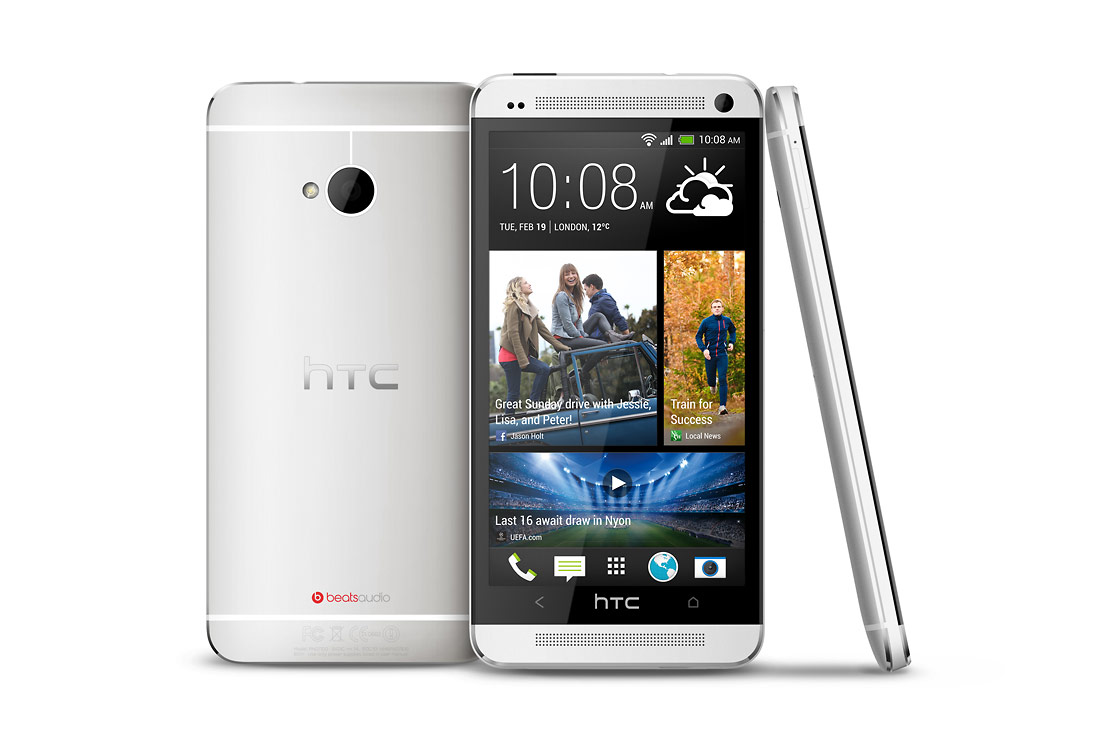





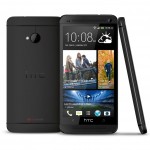
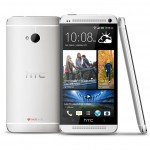

I’ve always said I would prefer better pixels to more pixels.
Wasn’t the first Nikon DSLR 4MP?
In the UK SIM-free £510
On 2 year contract £29.99 with our only 4G provider at £41/month.